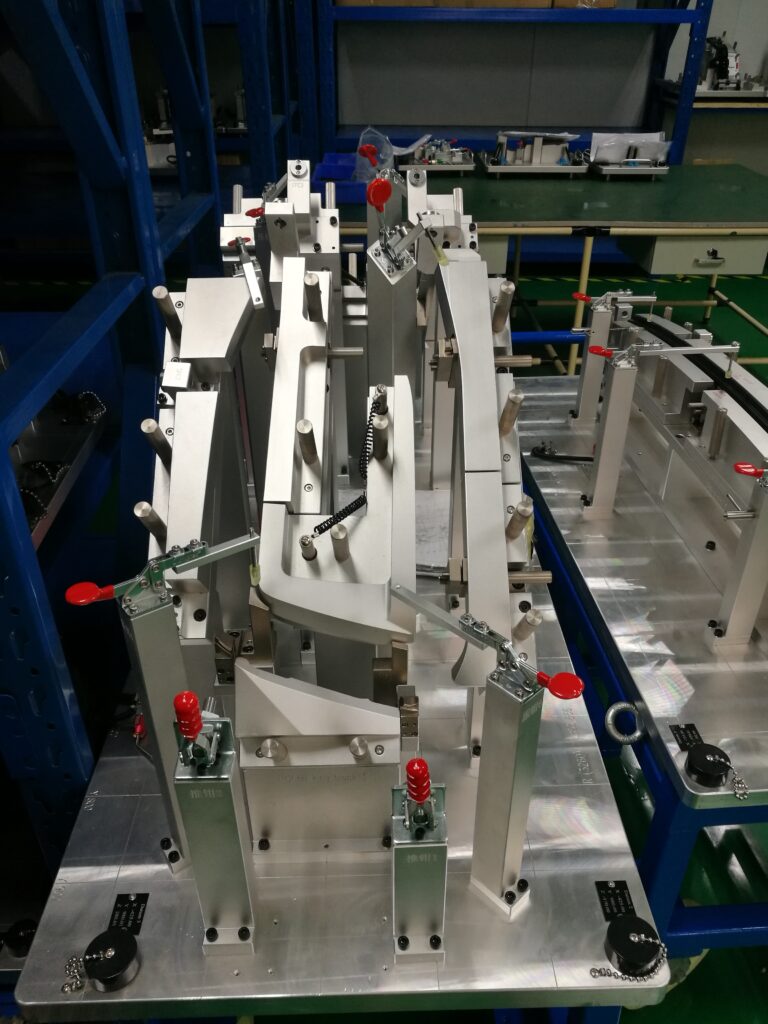
what should we do in the selection of checking fixture plates
The selection of checking fixture plates and the accuracy of drilling play a key role in the accuracy of the entire checking fixture. The plates used in the checking fixture generally include acrylic (organic glass) and epoxy resin plates.

The common checking fixture is the fixture with a probe aperture larger than 1.00 mm. Most of the checking fixture plates are organic glass, which is cheap. At the same time, when organic glass is relatively soft, there is a tight connection between the expansion and contraction probe sleeve and the hole. Since organic glass is transparent, it is very easy to check problems arising from the test fixture. But ordinary organic glass is easy to dissolve and break the drill bit when drilling, especially when the hole diameter is less than 0.8mm. Generally, epoxy resin plate is used when the hole diameter is less than 1mm. The epoxy resin plate is not easy to break the drill bit when drilling. Its toughness and rigidity are good but the price is expensive. The epoxy resin plate does not swell or shrink. Therefore, if the hole diameter is not accurate, it will cause the probe casing to be loose and shake between the holes. If the epoxy resin board is opaque, it is more difficult to check if there is a problem with the checking fixture. In addition, the temperature difference deformation of the plexiglass is larger than that of the epoxy resin board. If the test density is very high, the epoxy resin board shall be used.
The checking fixture plate has an improved plexiglass, which has the advantage of small deformation. A 0.6mm thick drill bit with high temperature resistance of 5mm can drill through continuously at one time. The price is slightly higher than that of ordinary plexiglass but lower than that of epoxy resin plate, which is a very good choice.
